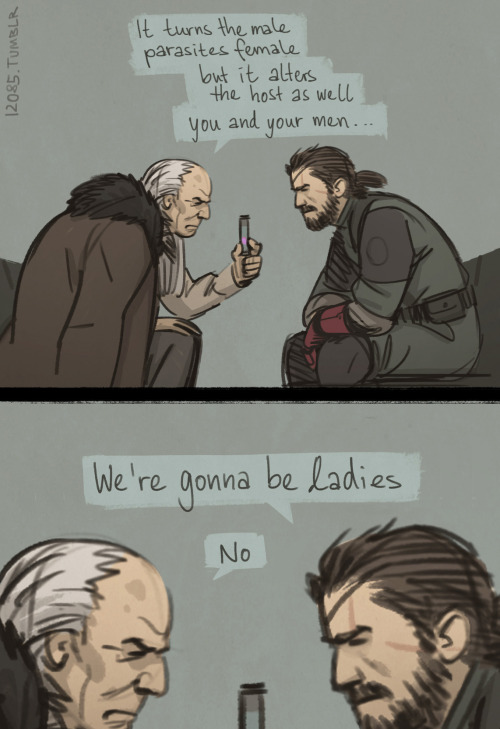XiaNaphryz
LATIN, MATRIPEDICABUS, DO YOU SPEAK IT
http://news.sciencemag.org/biology/2015/11/scientists-grow-working-vocal-cord-tissue-lab
<Insert Pop-GAF related joke here>
For the first time, scientists have created vocal cord tissue starting with cells from human vocal cords. When tested in the lab, the bioengineered tissue vibratedand even soundedsimilar to the natural thing. The development could one day help those with severely damaged vocal cords regain their lost voices.
Its an exciting finding because those patients are the ones we have very few treatment options for, says Jennifer Long, a voice doctor and scientist at the University of California, Los Angeles, head and neck surgery department, who wasnt involved in the study.
Humans speak by forcing air over their vocal folds or cords, which reside in the larynx or voice box. The cords, two flexible bands of muscle lined with delicate tissue called mucosae, resonate in response to energy from the airflow. Vocal cords generate sound waves by vibrating against each other about 100 to 200 times a seconda number that can jump to 1000 times a second for a soprano singing her highest-pitched notes.
But some people cant even make sounds of 100 cycles per second. About 20 million people in the United States suffer from temporary or permanent voice impairment at any given time, experts estimate. Those with permanent impairmentusually caused by repeated surgeries or radiation to remove cancerous and noncancerous growthshave scarring and stiffening of the vocal cord mucosa that can lead to a complete loss of the voice.
So Welhams team set out to engineer vocal fold mucosae in the lab using the two main cell types that make up the tissueconnective fibroblasts, which form the main body, and epithelial cells, which line the surface. Departing from prior studies, the team collected epithelial cells and fibroblasts from human sources: one cadaver and four living people who had their healthy voice boxes removed during unrelated surgeries.
Next, the researchers placed the two cell types in a 3D collagen matrix that mimics conditions in the body. Over 2 weeks, they watched as the cells formed a more complex structure that quickly came to resemble natural vocal cords. I remember holding it and thinking, gosh, this feels like the real thing, which has a distinct feelsort of like Jell-O but stronger and able to return to its shape if you deform it, Welham says.
The scientists then put the engineered vocal cord tissue to the test. They grew their mucosae to human sizes and put them into the voice boxes of five cadaver dogs, keeping one of the original vocal folds in each. They then piped hot air up through the organs using a plastic windpipe. The implants vibrated and generated sound nearly as well as the original tissue, the researchers report today in Science Translational Medicine. And when implants were placed in mice modified to have human immune systems, their bodies didnt reject the material, which persisted for up to 3 months.
Directly transplanting entire vocal cords from donors to patients could also work, but the researchers say their technique offers several advantages. For example, the tissue could be grown to size for a child or an adult, and it might possibly be grown in advance and stored for later use. And theres the capacity to scale, the researchers say. In the study, they used cells from five sets of vocal cords to create nearly 170 vocal cords of varying sizes.
The research is an admirable start, says Robert Sataloff, a professor and the chairman of the ear, nose, and throat department at Drexel University College of Medicine in Philadelphia, Pennsylvania, who wasnt involved in the research.But theres still a long way to go before we can replace someones scarred vocal fold mucosa with a new, essentially normally functioning one. One of the major next steps would be placing the engineered tissue in the vocal cords of living animal models and having it survive and work. Then, the same thing has to be accomplished in human vocal folds in clinical trials, Sataloff says: All of thats easy to say, but not so easy to do.
<Insert Pop-GAF related joke here>




